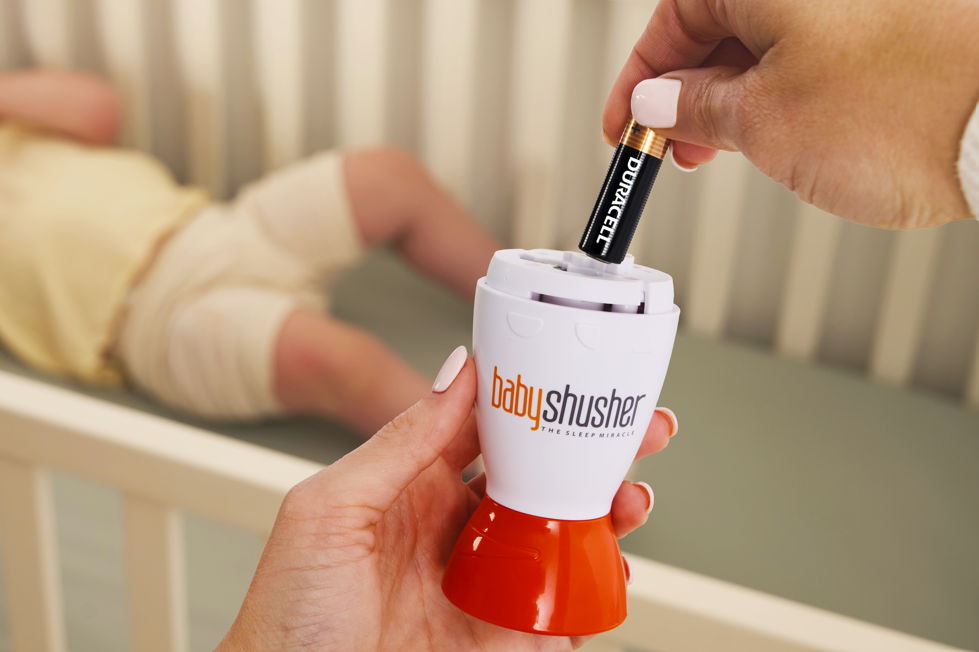Ah, Daylight Savings Time—the twice-yearly event that throws everyone’s schedule into a blender. While the extra hour of sleep sounds glorious (hello, fantasy!), the reality for parents of babies is often, well, less dreamy. Babies don’t care about the clock—especially when it means their sleep is disrupted. But don’t panic! With a little planning and a few tricks up your sleeve, you can help your little one adjust to the time change without too many sleepless nights.
Start Early (Or at Least Try!)
No judgment if you haven’t thought about this until the week before Daylight Savings ends, but ideally, you'll want to start adjusting your baby’s schedule a few days ahead of time. Gradually shift their bedtime and naps by 10 to 15 minutes earlier each day. Baby steps, literally! By the time the clock falls back, they’ll hopefully be on a more adjusted routine, making the transition smoother.
Stick to a Consistent Bedtime Routine
If there’s one thing babies love, it’s a good routine. They thrive on predictability. Whether you’ve got a nightly bath-book-bed combo or a unique ritual involving lullabies and shushing, keep it consistent. The key here is not the exact time on the clock, but rather the activities that signal it’s time to wind down. Cue up the Baby Shusher for its soothing sounds, dim the lights, and create that cozy, familiar environment. Your baby will associate these cues with sleep, no matter what the clock says!
Light and Dark Are Your Best Friends
Speaking of dimming the lights, controlling your baby’s exposure to light is crucial during this time of transition. Natural light is your secret weapon for resetting their internal clock. During the day, get outside as much as possible—yes, even if it means bundling up in chilly weather. Sunshine helps regulate their circadian rhythm. Then, as bedtime approaches, lower the lights in your home and create a calming atmosphere with warm tones (the Shusher Firefly’s amber light is perfect for this!). This will help signal to your baby that it’s time to sleep.
Manage Naps Strategically
Naps can either be your best friend or your worst enemy during the end of Daylight Savings Time. Try to adjust your baby’s nap schedule gradually, just like you did with bedtime. If your little one wakes up early on that first day after the time change (hello, 5 a.m.), resist the urge to let them nap too early in the morning. Instead, stretch their wake windows just a bit to help their body adjust to the new rhythm.
Be Patient (With Yourself, Too)
Okay, here's the hard truth: even if you do everything right, there’s a good chance the transition won’t be seamless. Babies are humans, not robots, and their sleep can be unpredictable—Daylight Savings or not. If your baby wakes up early or struggles to sleep at their usual time, don’t sweat it. It’s normal! The most important thing is to stay patient and consistent. Give them (and yourself!) a little grace during this adjustment period.
Keep the Sleep Tools Handy
This is where all your trusty sleep tools come into play. If your baby is used to sound machines or pacifiers to fall asleep, lean into those familiar comforts during the time change. The Shusher Sloth with its built-in sound machine is a great option to keep your baby calm and cozy as they adjust. The idea is to make the environment as soothing and predictable as possible, even if the clock isn’t!
In Conclusion: You’ve Got This!
Daylight Savings Time might seem like an obstacle to your baby’s perfectly crafted sleep schedule (as if that even exists!), but with a little preparation and some patience, you’ll get through it. Just remember that babies are adaptable, even if it doesn’t seem like it during that early-morning wake-up call. Before you know it, everyone will be back to normal—or as close to normal as parenthood gets.

